
| The Galapagos (part 3 Isabela Island) |
Days 9 & 10 - Isabela Island |
|
||
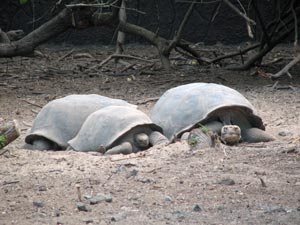 The Isabela race of giant tortoise |
 The next generation |
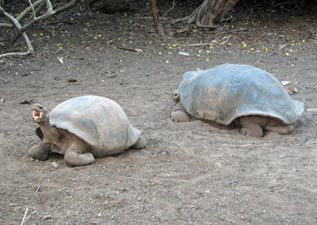 Giant tortoises at the National Park rearing centre |
|
||
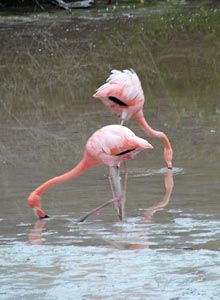 A pair of flamingos seiving for their supper |
 Why flamingoes are pink - lagoon full of algae |
 Elegance in pink |
|
||
 Two stilts and a flamingo |
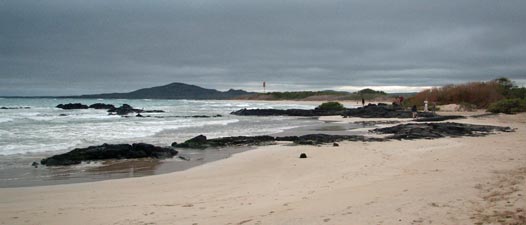 Dark clouds gather over the beach at Puerto Villamil |
|
||
 Nello ready to ride |
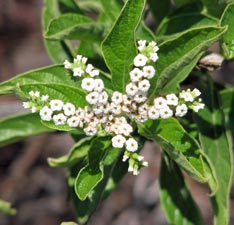 |
 Above the forest on Volcan Negro |
|
||
|
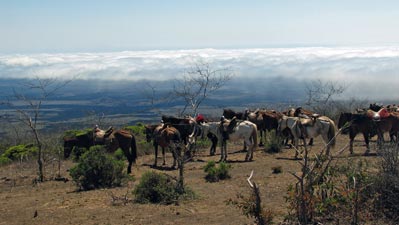 The horses waiting at the cloud line |
|
|
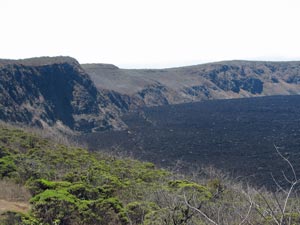 The rim of Volcan Sierra Negra |
 The 10km diameter crater of Volcan Sierra Negra with flows from the 2005 eruption |
|
|
|
|
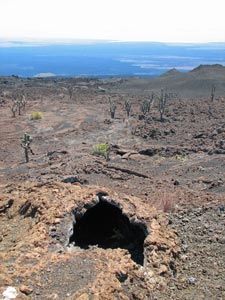 Entry to a lava tube |
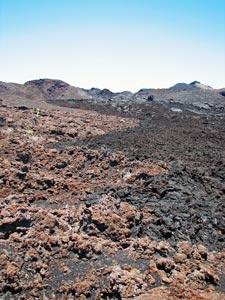 Recent dark lava flow from 1979 alongside older lava |
 Sulphurous colour scheme Inside the crater of Volcan Chico |
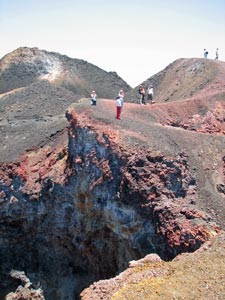 On the edge of the crater |
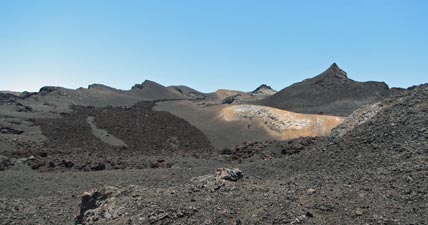 Lavascape of Volcan Chico |
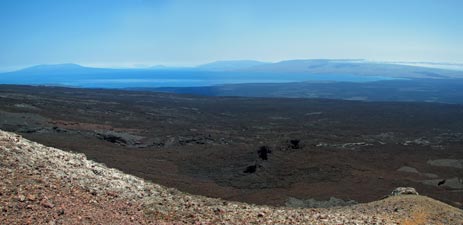 View over the lava to the flat cones of Volcans Wolf, Darwin and Alcedo |
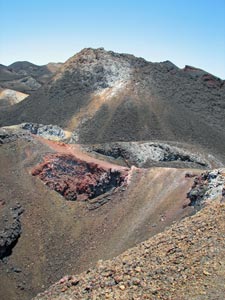 On the north face of Volcan Sierra Negra |
|
|
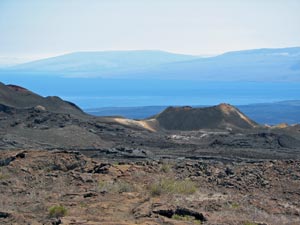 A small parasitic cone |
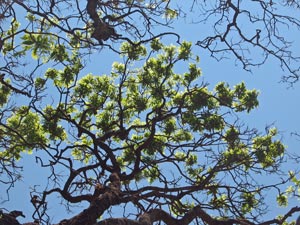 Looking up from our lunch spot |
|
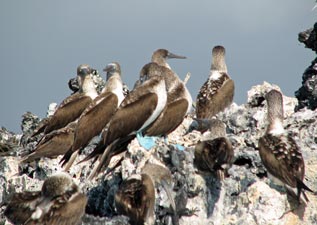 Blue-footed boobies |
The latter, being something new, were the most interesting for us, though we were disappointed that they did not join us when we went snorkeling in the bay nearby. However, a pair of spotted eagle rays were more obliging. |
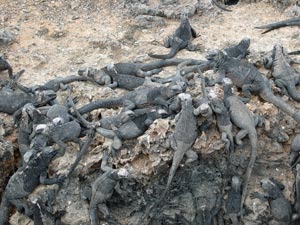 A cluster of marine iguanas |
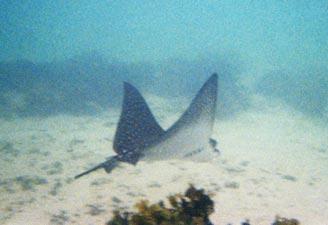 A spotted eagle ray swims by |
 White-tipped reef shark resting in the lava channel |
|
Days 11 & 12 - Santa Cruz and Home |
|
|
|
|
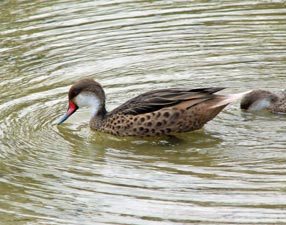 |
||
|
|